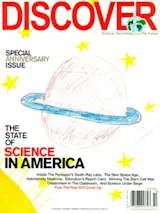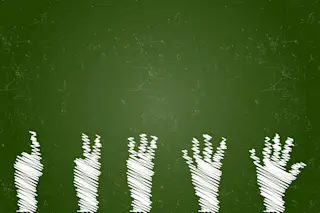For a century, neuroscientists have been trying to solve a seemingly simple mystery: Why do we see as well as we do? Our eyes are not that structurally different from those of other animals, yet we are almost unmatched in our ability to detect fine details, like the ridges on the side of a dime. Part of the answer seems to lie in the fact that our eyes are in constant, jittery motion, without our even knowing it. But the phenomenon has been difficult to study because it requires that either the eye or the image on the retina be stabilized, which doesn’t occur naturally.
To cancel out the effects of the eyes’ natural movements, Michele Rucci and his Boston University team used a computer system that jiggles images in tandem with a viewer’s eyes. They found that subjects’ ability to decipher tiny details in test patterns decreased by nearly ...














